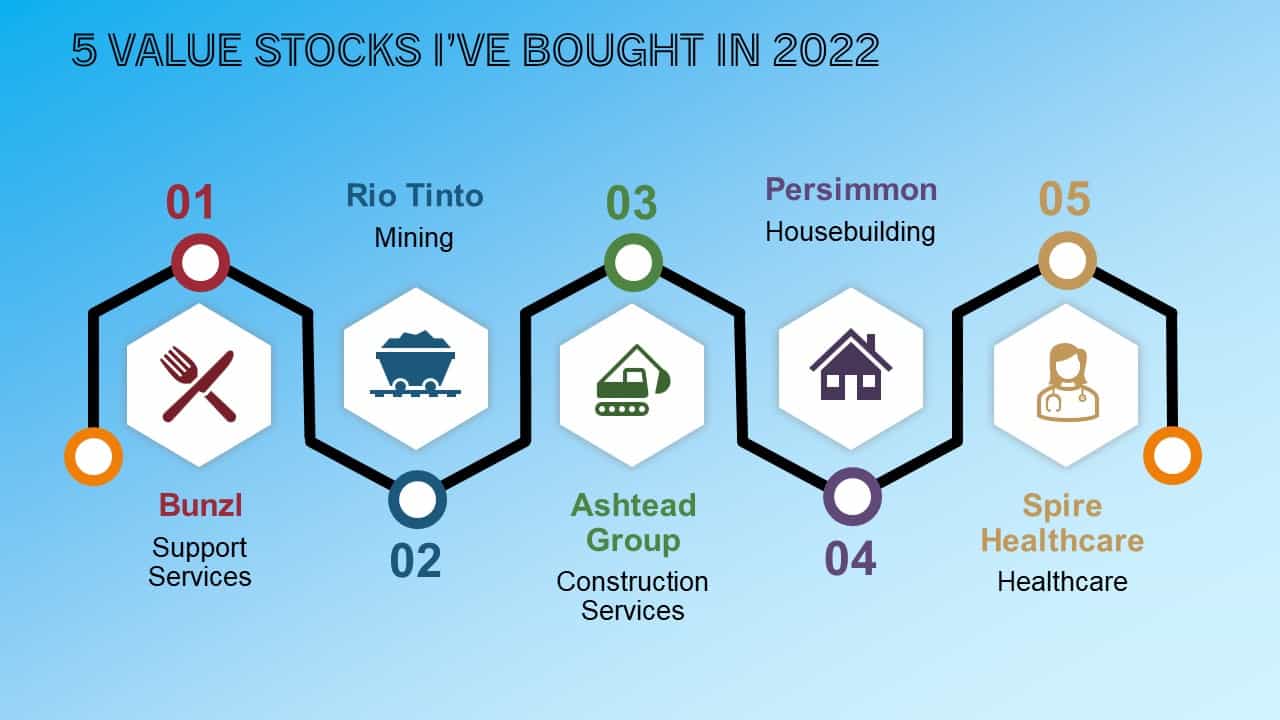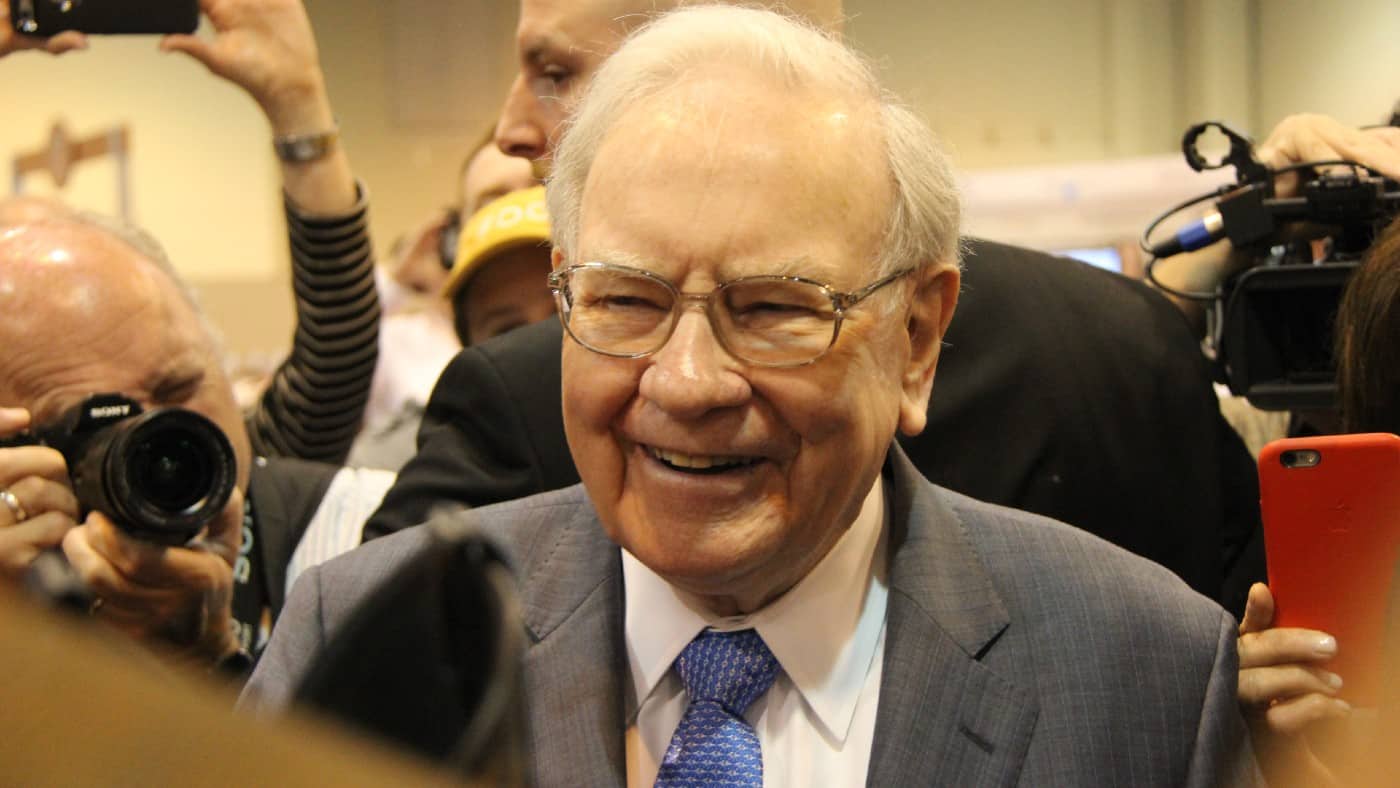I think following the lead of legendary investors like Warren Buffett is one great way for investors like me to make money during this period of high volatility.
Global stock markets have bounced back strongly in July. In fact they’ve put in their biggest monthly rise since the Covid-19 pandemic was still raging in late 2020. The FTSE 100, for instance, has risen 3% in value since 1 July.
But despite this recent resurgence there are still plenty of great value stocks for investors to snap up today. It’s a scenario that’s bound to have bargain lovers like Buffett smacking their lips.
Why are markets rebounding?
Stock markets are recovering strongly for a variety of reasons. Firstly, disappointing economic data — and primarily from the US — has calmed fears that central banks will execute severe rate rises in the months ahead. Rate increases make it more challenging for the global economy to grow.
Secondly, a raft of positive trading statements have boosted weak investor confidence. Just this week US shares Amazon, Apple, and Kraft Heinz all furnished the market with better-than-expected trading numbers.
However, share indexes could easily swing lower again given the shocking pace at which inflation continues to rise.
Thinking like Warren Buffett
Guessing which direction stock markets will move in the short-to-medium term can be a fool’s errand. And especially today when investor confidence is at rock bottom.
What I do know, however, is that share indexes rise over the long term. And that those who pounce on value stocks when markets fall can make a fortune.
Warren Buffett made billions by snapping up beaten-down shares with his Berkshire Hathaway investment firm. He watched them soar in value during the subsequent stock market recovery and reaped the rewards.
I’ve sought to replicate his successes by buying up value stocks for my own portfolio. Many of my purchases are cyclical stocks that might rise particularly strongly during a market rebound. They also come from a broad range of industries to reduce my risk (diversification is another favourite investing tactic of Warren Buffett).

Making miracles
Today Warren Buffett’s personal wealth clocks in at more than $100bn. It’s $102.2bn to be exact, at least according to Forbes.
It pays to aim high but it’s unlikely I’ll make billions like the ‘Sage of Omaha.’ However, following his key investing principles can help me realise — or possibly even exceed — the long-term average annual return of 8% that share investors tend to enjoy.
Let’s say I have £7,000 to spend on stocks today. If I can hit that 8% yearly target I could, after 20 years, turn that into £32,627. This illustrates the mathematical miracle that is compound interest. And it assumes that I buy no more shares, either, a policy which I have no intention of following.
Few asset classes can deliver the sort of strong and reliable returns that stocks can. I plan to continue building my portfolio and will be ready to snap up more bargain shares if markets slump again.
